
Food Experts Warn: 5 Everyday Foods You Should Never Put in the Freezer
Most of us assume that the freezer is a magical solution to extend the life of almost anything in the kitchen. After all, freezing slows bacterial growth and keeps food safe for much longer than refrigeration. However, specialists from Which? have now highlighted that certain foods undergo unpleasant changes in texture, taste, or appearance when frozen — making them nearly inedible once defrosted.
The warning comes as many households are trying to reduce food waste and stretch grocery budgets. Experts caution that while the freezer is an excellent tool, there are at least five common foods you should avoid freezing if you want to keep meals fresh, appetizing, and safe.
“Some foods can’t cope with being frozen without the quality being affected,” the team explained. “They might become watery, limp, or simply unpleasant to eat.”
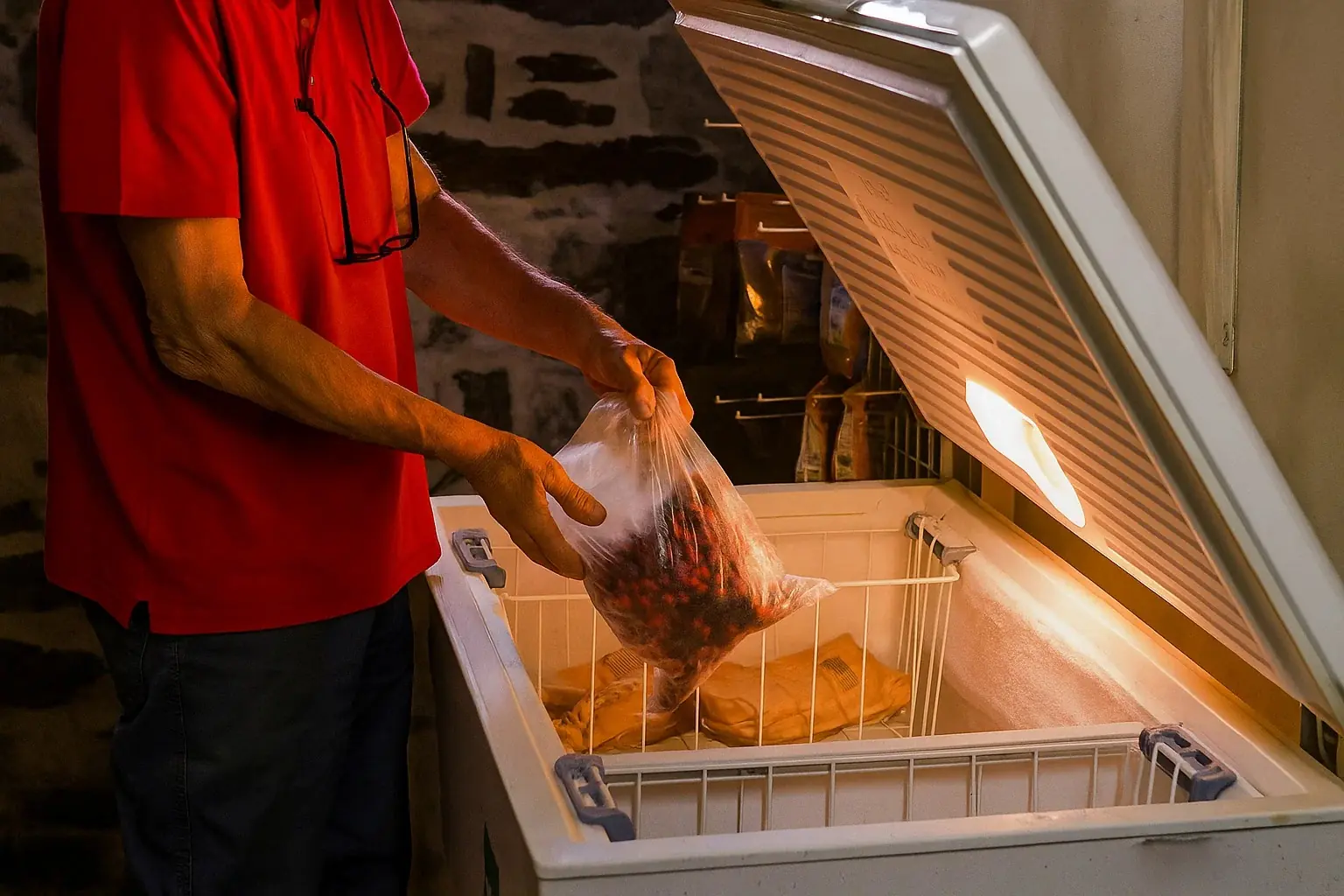
1. Fried and Oily Foods
That delicious fried chicken or golden-battered fish may taste incredible fresh out of the pan, but it’s a disaster waiting to happen if you put it in the freezer. Once thawed, the crispy coating quickly turns soft, soggy, and oily. The change not only ruins the texture but also leaves behind a heavy, greasy aftertaste. Experts recommend enjoying fried foods fresh, or if you must store leftovers, keeping them in the fridge for no longer than a day or two.
2. Hard-Boiled Eggs
Hard-boiled eggs might seem like a quick snack to freeze for later, but the reality is far less appealing. When frozen, the egg whites become rubbery and watery, making them nearly impossible to enjoy. Interestingly, egg yolks behave differently — they can be safely frozen if prepared correctly. By mixing yolks with a small amount of salt or sugar before freezing, you can prevent them from turning into an inedible gel once thawed.
3. Water-Rich Vegetables
Not all vegetables freeze well. Those with a high water content, such as lettuce, cucumbers, and radishes, often turn into mush when defrosted. The ice crystals formed during freezing rupture their delicate cell walls, leaving you with limp, slimy produce that’s unsuitable for salads or fresh dishes. If you’re determined to freeze vegetables, stick to those like broccoli, carrots, or peas, which hold up much better after thawing.
4. Yogurt and Single Cream
Dairy products can be particularly tricky in the freezer. Yogurt, for example, tends to separate during thawing, leaving behind a watery, icy texture that’s far from appetizing. The same applies to single cream, which often curdles or becomes grainy once defrosted. While freezing won’t necessarily make these unsafe, the dramatic change in consistency means they’re unlikely to be enjoyable. A better option? Use them in cooking before their expiry date instead of trying to freeze them.
5. Soft Cheeses
Cheeses like brie, feta, or cream cheese are another big no-no when it comes to freezing. Though technically safe, these cheeses become excessively watery and lose their creamy texture once thawed. The result is a product that feels and tastes completely different from what you originally bought. However, there is one exception: if soft cheese is incorporated into a cooked dish, such as a pasta sauce or casserole, the freezing process won’t cause the same unpleasant breakdown.
The Takeaway
While freezing is a lifesaver for many foods — from bread to soups to raw meat — it’s not a one-size-fits-all solution. Knowing which items not to freeze can help you avoid disappointment, wasted money, and ruined meals. Instead, plan ahead: portion out perishable items, use creative recipes to repurpose leftovers, and reserve freezer space for foods that actually benefit from long-term storage.
News in the same category


School speaks out after woman goes viral for 'stealing' baseball from kid at Phillies game

OnlyFans model who slept with 100 men in a day makes "heartbreaking" confession
Going viral on social media often comes with fame and fortune — but also unexpected sacrifices. For one British creator, the fallout from her controversial career hasn’t just impacted her life, but also deeply affected her family.

Husband of employee caught with CEO on Coldplay jumbotron breaks silence with shocking twist

Man who can see through his tooth after being blind for two decades speaks out about experience

The Shocking Truth Behind Viral Photo of Tourists Sitting on Chernobyl’s “Radioactive Claw”
A resurfaced photo of two women casually sitting on what’s described as “the most radioactive object accessible in Chernobyl” has sparked heated debate online. The image, taken in the exclusion zone, reveals a chilling disregard for one of the deadl

Bit of a shocker': 14 nurses at 1 Wisconsin hospital are pregnant at the same time
One hospital is experiencing a joyful — yet logistically challenging — surprise as an entire team of nurses prepare for motherhood together. With 14 pregnancies overlapping in the same unit, colleagues and managers are rallying to balance patient care

Heartwarming gesture from player after grown woman was caught doing controversial act to boy and father on live TV
A tense moment at a baseball game nearly ruined a child’s birthday when a controversial act by an adult fan shocked the crowd. But thanks to the kindness of players and team staff, the story ended in the most heartwarming way possible.

Controversial 'standing seats' could be brought into airlines next year with tickets as cheap as $5
Flying might soon look very different — and not everyone is thrilled. Airlines are reportedly preparing to introduce standing-style airplane seats that could slash ticket prices to just $5, sparking heated debate about comfort, safety, and the future of
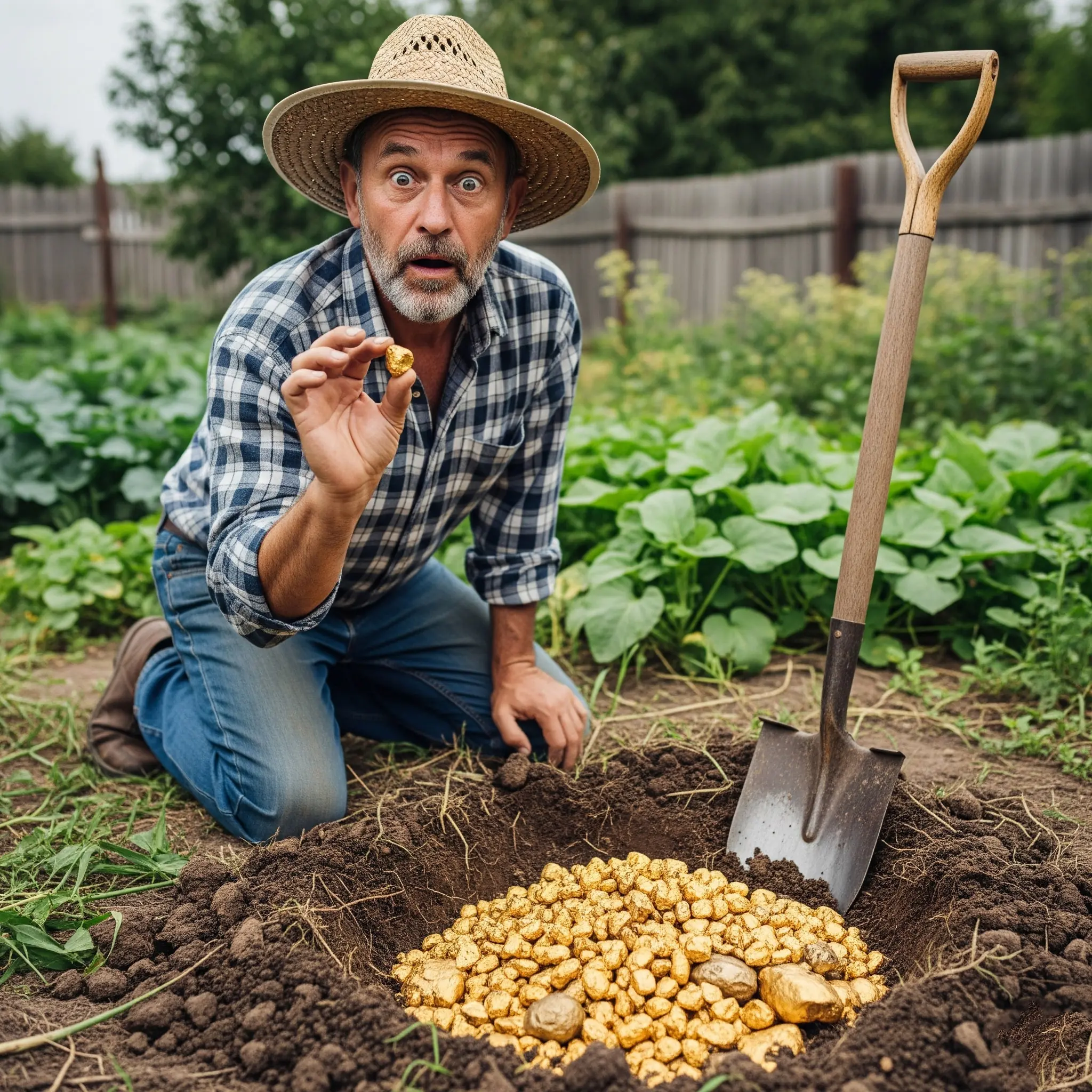
French Farmer Discovers $4 Billion in Gold on His Land — But a Crushing Law Means He Can’t Keep a Cent
A once ordinary farming day turned into the discovery of a lifetime when a French farmer unearthed billions in buried gold. But his dream of instant fortune has quickly been replaced by frustration after learning a shocking rule may strip him of every oun

Baba Vanga’s Terrifying Predictions for the Next 3,000 Years Are About to Begin
For centuries, humanity has been fascinated by prophecies that claim to reveal the future. Now, a chilling set of predictions from one of the world’s most famous mystics, Baba Vanga, is resurfacing — and many of her forecasts are set to begin unfoldin

Worrying study suggests "the end of the universe" could be approaching "much sooner" than scientists thought
Astrophysicists have issued a chilling warning that the end of the universe may arrive far earlier than anyone previously believed. At the same time, centuries-old prophecies from famed mystic Baba Vanga resurface, sparking new debates about humanity’s

Apple insider reveals new leaks about foldable iPhone release for 2026
Apple may still be gearing up for the iPhone 17, but tech insiders are already buzzing about what comes next. If the leaks prove true, the iPhone 18 lineup could be Apple’s boldest reinvention yet, featuring a foldable design that could reshape the futu

Surgeon explains why he had his own legs amputated as he's sentenced to 32 months in jail
A former vascular surgeon stunned a courtroom as he explained why he deliberately destroyed his own legs before undergoing amputation. His disturbing double life, hidden beneath a respected medical career, has now unraveled into scandal, divorce, and pris

Grown woman caught on live TV doing controversial act to child and father at MLB game
What started as a joyful birthday surprise at an MLB game turned into a viral controversy when a fan stormed over to demand a ball from a father and his young son. But the story didn’t end there—what followed was both heartwarming and unexpected.

7 shoking reasons you shouldn't sleep in your underwear or risk health issues
Think sleeping in your underwear is harmless? Experts warn it could quietly be sabotaging your health in more ways than you realize. From skin irritation to hormone disruption, here’s why you may want to rethink your bedtime habits.

Apple insider reveals new leaks about foldable iPhone release for 2026

Experts reveal the five foods you should absolutely never freeze

Here’s how much the Powerball winner will owe in taxes after the $1.8 billion jackpot
The Powerball jackpot has climbed to an astronomical $1.8 billion, the second-largest prize in U.S. history. But before the lucky winner can celebrate a life of luxury, the taxman will be waiting with a massive bill that could drain hundreds of millions f
News Post

Nighttime Habits That Increase Your Risk of Stroke

Add a few drops of essential oil to the water used to clean the floor. Knowing the benefits, every family wants to follow suit.

Put garlic at the bedside, its "golden" uses, anyone who reads this will want to try it.
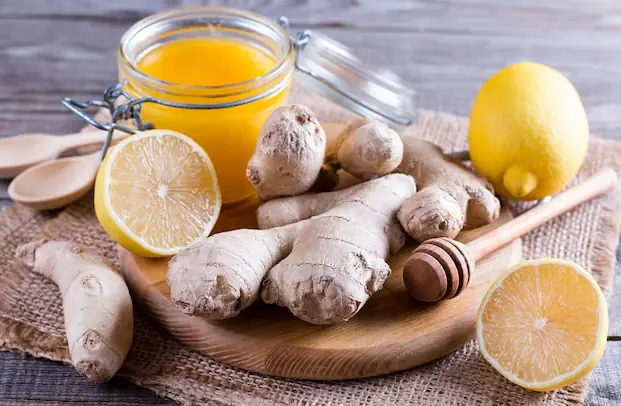
Honey, Lemon, Onion, Garlic & Ginger: The Daily Spoonful That Works Wonders

Vitamin E Oil uses for Skin – Glowing Skin, Dark Circles & Wrinkles

4 toxic plastic items

The Chicken Seller Said: "These 3 Types of Chicken Meat, No Matter How Cheap They Are, I Never Buy..."

4 Signs Your Kidneys Might Be in Serious Trouble
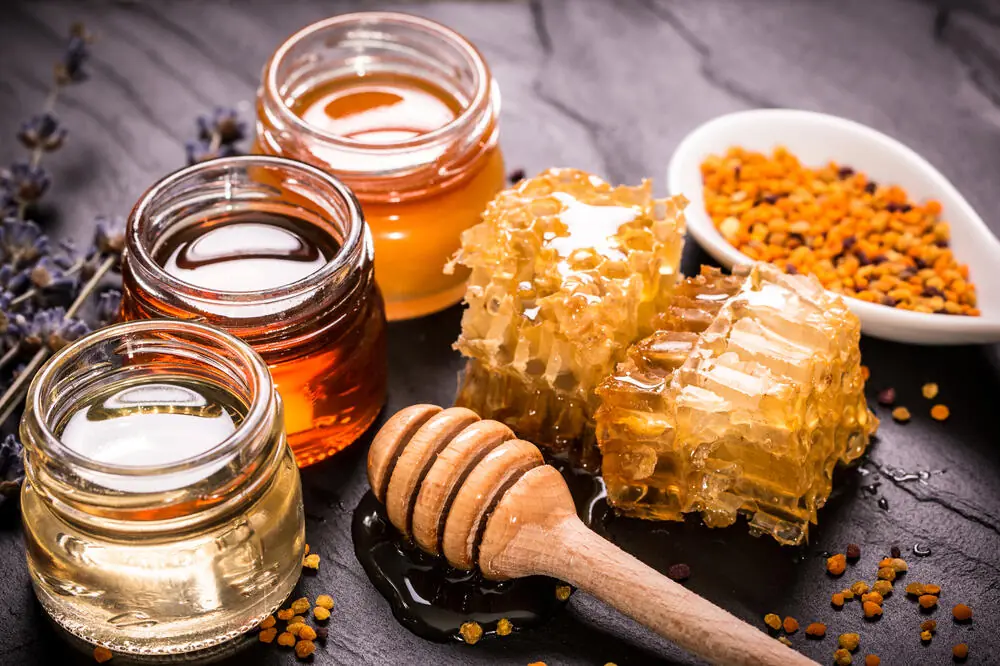
The Potent Remedy: Turmeric and Honey as a Natural Antibiotic

If Your Legs Cramp at Night, You Need to Know This Immediately!

Hanging a Towel on the Door Handle Before Bed: Unexpected Benefits That Few People Know

Why You Should Always Close Your Bedroom Door Before Going to Sleep
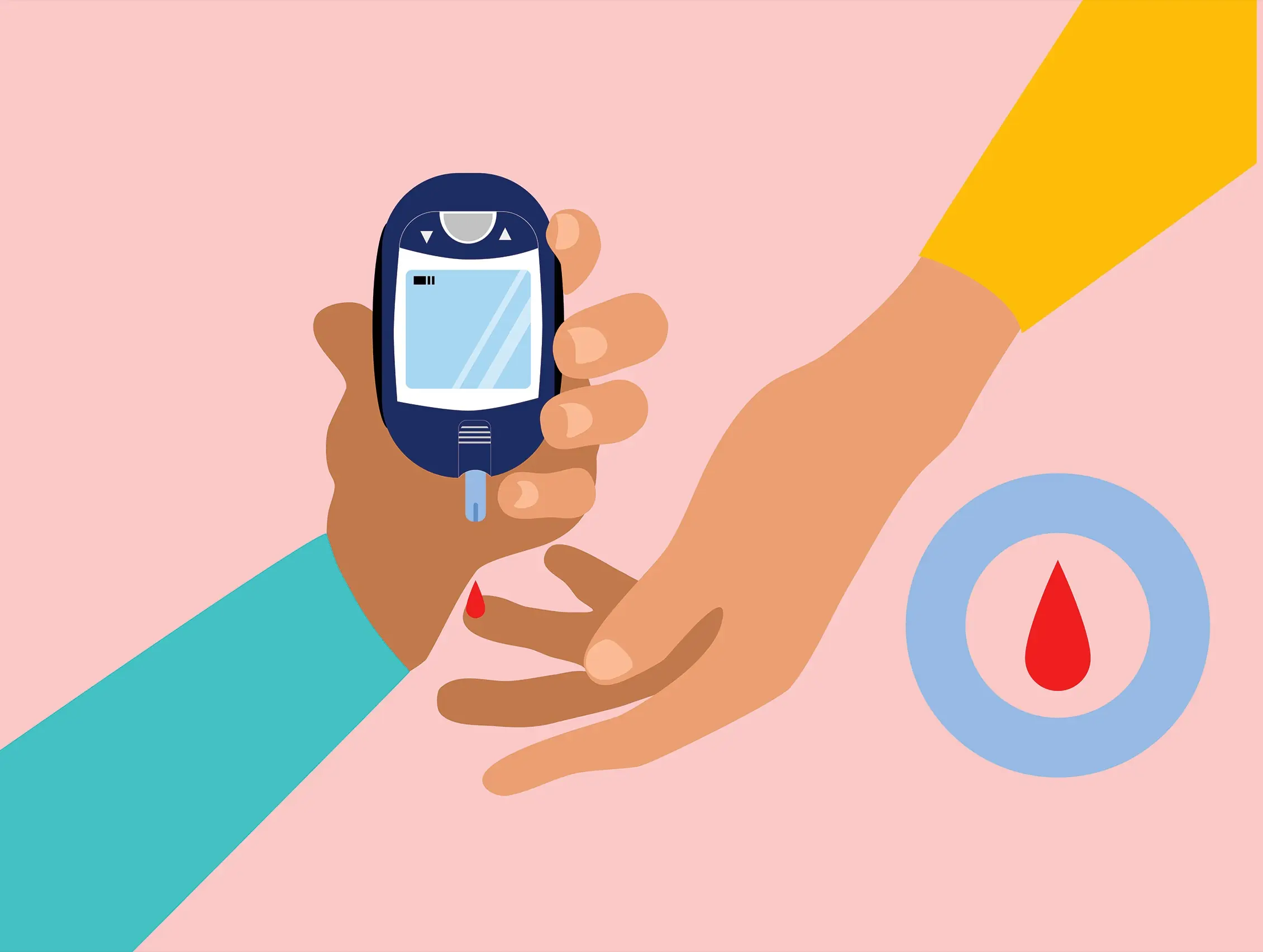
The FIRST Sign of HIGH BLOOD SUGAR Is…

The Shocking Effects of Sleeping Less Than 7 Hours

Scientists Have Discovered a “Kill Switch” in The Body That Can Destroy Any Cancer Cell

Snoring Isn't Just Annoying: It Could Be a Serious Health Warning

It grows everywhere, but this stunning plant hides a dark and dangerous secret… 💬👀
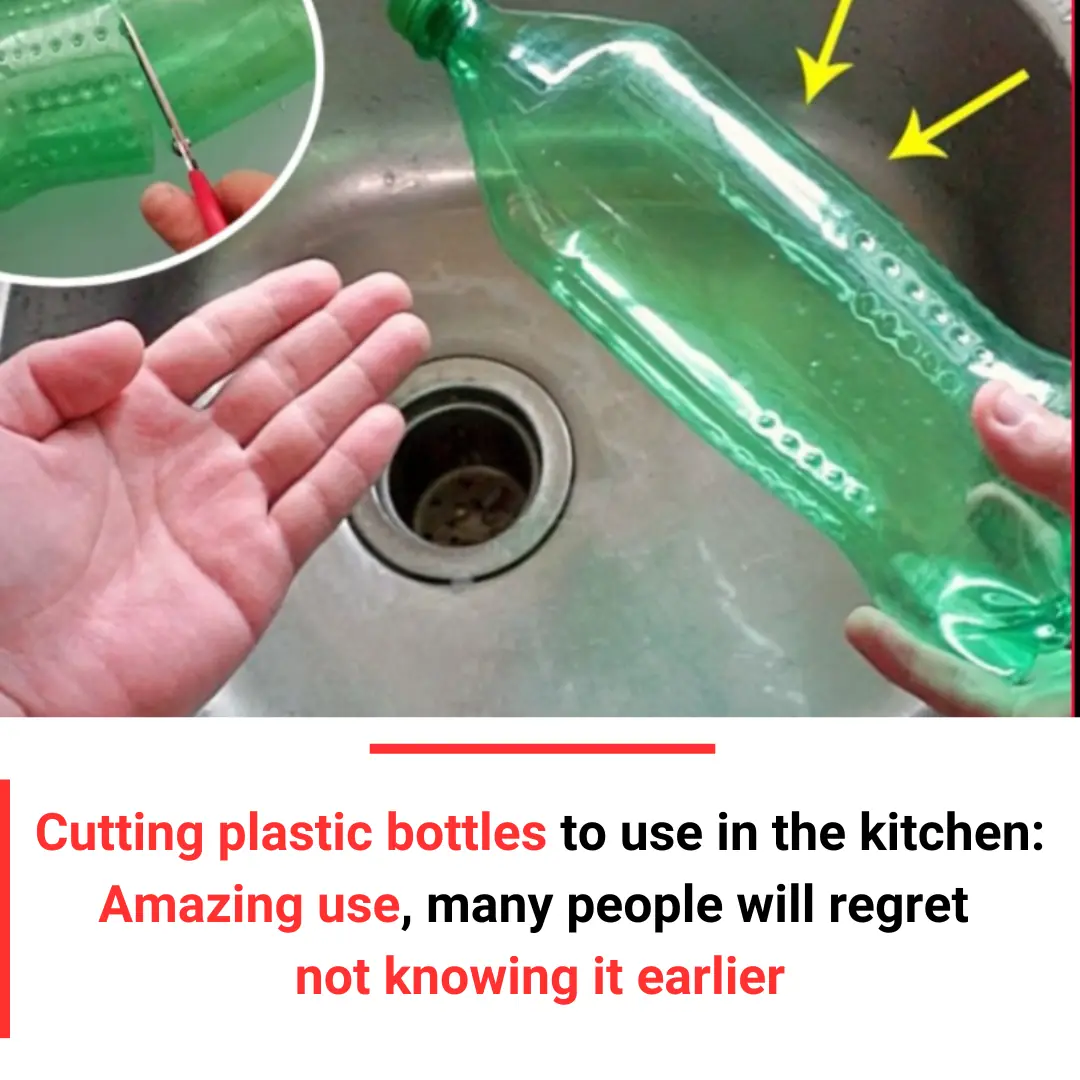
Cutting Plastic Bottles for the Kitchen: Amazing Uses You’ll Wish You Knew Sooner

CCF Detox Drink For Glowing Flawless Skin
